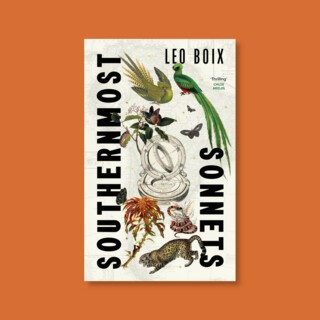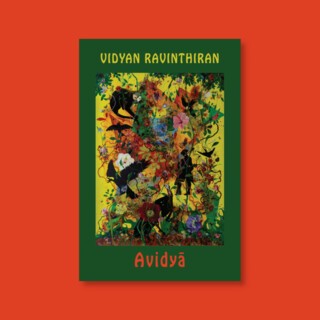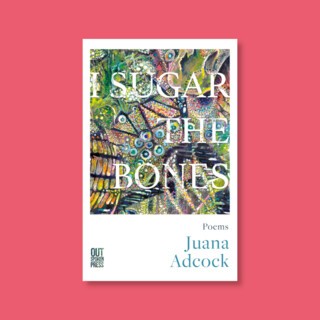She’s a survivor
Posted by the Cake Shop

She’s a survivor and a thriver. Wild, feisty, independent. A traveller: born in the mountains of Kazakhstan, she journeyed along the Silk Road to Asia and Europe, making herself at home in the kitchens of common folk and the walled gardens of kings. Portraits depict her as a red-cheeked beauty or a wrinkled crone – freckled; blushing; sun-bronzed; curvaceous; a female archetype whose allure has countless variations. She’s put down roots too many places to name; her offspring are more numerous than those of Genghis Khan. It’s even said that she started the Trojan War. The face that launched a thousand ships? It’s the apple, of course.
Terry says:
Of course the apple is a she. She’s the ovary of the plant, harbouring the seed. She’s something we don’t often WOW over – a humble and accessible fruit that can be found worldwide – but I love her precisely for her unpretentiousness, her adaptability, her range. She can be crisp, buttery, sweet, tart. She makes a faultless companion for meat, a keen pickle, a quintessential cake ingredient.
In order to get to know her a bit better, I’ve been swotting up with orchard lover Raymond Blanc. His book The Lost Orchard is packed with apple history and lore. Like pears, apples are part of the extended rose family. An extremely ancient fruit – apple seeds have been found in Italy dating back to 4000 BCE – they have adapted to all kinds of climates, from the tundras of Siberia to the deserts of the Middle East. Their vast diversity (illustrated beautifully in this series of photos by William Mullan) is thanks to a flair for genetic creativity. Apples grown from seed will usually be wildly different from their parent plants, meaning that the apple does, in fact, fall far from the tree. The uniformity of domesticated apples relies on a complex chemical process – it’s time to bring back the ancestors.
When I grew up, the coast where my parents lived was covered with apple orchards. Now, these areas have been urbanised as the suburbs expand. In the garden, we had one grafted apple tree, which produced three different kinds of apple: one red, one green, and one golden delicious. My nan used to make an apple sponge which I still reference and riff on to this day – stewed apples in the bottom of a deep dish, with a buttery sponge batter whacked on top. The variation I’m making currently is vegan: a buckwheat hazelnut sponge over a base of apple and rhubarb. ‘Nothing like your nan’s sponge, then,’ my mum said to me on the phone. But I see it as one of a series of many adaptions, a fitting tribute to the flexibility, creativity and variation of the apple.
Buckwheat Hazelnut and Apple Sponge
30g vegan margarine
3 large cooking apples
200g rhubarb
195g soft brown sugar
100g buckwheat flour
70g white spelt flour
1 tsp bicarb
1.5 tsp Chinese five spice
80ml rapeseed oil/neutral oil
1 tsp cider vinegar
100g ground roasted hazelnuts (almond or walnut meal is good too )
1 lemon juice and zest
Peel and chop two of the apples and the rhubarb into 2cm chunks. Put in a pan with the lemon juice, half a teaspoon of the spice and two shots or 50ml of water. Pop a lid on and cook until soft, stir through the lemon zest and set aside.
Melt the margarine and 85g of the sugar in a saucepan, then pour into a deep round 9’’ dish. Spread the apples and rhubarb on top.
Combine flour, ground hazelnuts, the rest of the sugar, bicarb and the rest of the five spice in a bowl, and whisk. In a separate bowl, combine the oil, 180 mls water, vinegar, the remaining apple (grated) and whisk. Then combine both mixtures; mix well yet quickly, and spread over the apples and rhubarb in the dish.
Bake in a preheated oven at 180C, for 30–40 mins, until the skewer comes out clean or the sponge is golden and bounces back.
Serve with Oatly cream or yoghurt, and enjoy with our fruity playlist.





